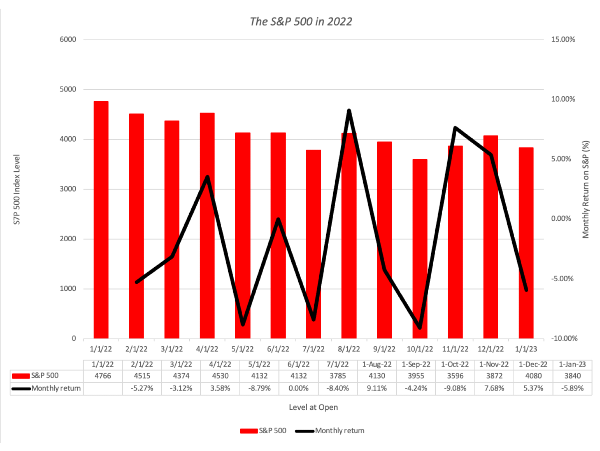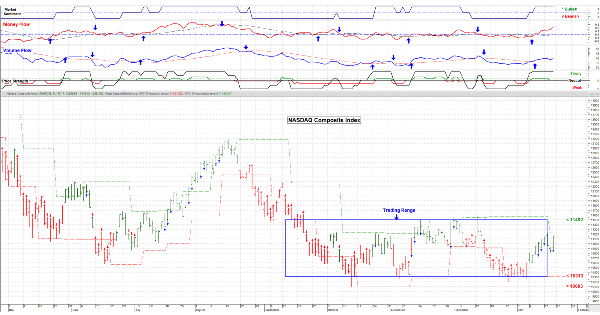On the 11th of October 2022, the International Monetary Fund (IMF) revised its growth forecast for 2023 for the euro area to 0.5%, down from 2.5% at the start of the year. Piggy has observed similar downgrades right across different regions and individual countries. In a nutshell, it is envisaged that global power shortages could force energy-intensive industries to slow down or temporarily shut down. In fact, countries that rely on imports to meet electricity demand are at a huge risk and this is threating overall productivity. In economics, productivity refers to how much output can be produced with a given set of inputs. Generally, productivity increases when more output is produced with the same amount of inputs or when the same amount of output is produced with less inputs.
Meanwhile, the World Bank recently published the Zimbabwe Country Economic Memorandum titled,” Boosting Productivity and Quality of Jobs”. According to the report, Zimbabwe’s economic performance over the past two decades has been characterised by low economic growth on average but also very high volatility. That said, accomplishing Zimbabwe’s vision of upper middle-income country (UMIC) status by 2030 requires a sharp acceleration in growth rates. Productivity has indeed been identified as the ultimate driver of economic growth and living standards. Increasing productivity is essential for (i) raising incomes, (ii) improving livelihoods and (iii) creating new job opportunities. A major concern is that Zimbabwe’s labour productivity growth has remained depressed over the past two decades. In fact, Zimbabwe’s labour productivity level over the past decade ranks second to last among 17 lower middle-income country economies (LMICs) in Sub Saharan Africa (SSA).
The World Bank report cites that there is a significant misallocation of resources between sectors and limited structural transformation at the sectoral level. For example, considerable labour and capital are allocated to the agriculture sector, despite productivity being the lowest. Experiences from other countries, particularly in East Asia, reveal that the shift of labour from agriculture into the higher-productivity manufacturing and services sectors was a major contributor to rapid productivity growth. The Government of Zimbabwe has provided significant support to the agriculture sector through command agriculture and various input schemes. But despite the support, growth of labour productivity and yields of major crops have been well below those in peer countries. As a result, the performance of the sector has a major bearing on overall labour productivity.
Labour productivity level across sectors in Zimbabwe, 1992–2018

Source: World Development Indicators, World Bank.
The economic theory around productivity is best explained by the Cobb-Douglas Production Function which states that output in an economy is a function of (i) Technological progress, (ii) Capital deepening and (iii) Labour. Therefore, capital constraints and limited supply of electricity implies there are technological inefficiencies in the country and this has an adverse effect on total output. Zimbabwe is also yet to successfully integrate into Global Value Chains (GVCs). An analysis of manufacturing subsectors indicates little growth in Zimbabwe’s GVC participation over the past decade in previously large export sectors, such as apparels, footwear, and textiles. In fact, GVC participation across all sectors declined faster after the 2008 economic crisis. These developments also explain the modest GDP growth projections for 2022 and 2023.
On the positive side however, there is evidence that productivity of the services sector has accelerated over the past three decades. According to the World Bank, labour productivity in the services sector in Zimbabwe declined during the recession period and increased by 72.3% cumulatively during the period 2010–18. This significant improvement in labour productivity has helped Zimbabwe to almost catch up with other peers in the region. Therefore, moving resources from agriculture toward the services sector (especially to high value-added services) would increase aggregate productivity. Country evidence also shows that productivity growth in the services sector was the main source of overall productivity growth in emerging market and developing economies (EMDEs) in the period following the global financial crisis, accounting for almost two-thirds of overall productivity growth. Piggy has always been upbeat about the prospects in the financial services sector bearing in mind the value that can be unlocked through the African Continental Free Trade Agreement (AfCFTA). On the stock market, the sector is trading on undemanding metrics (Fwd PER of 0.9x) and we see potential upswings and corrections. Top picks in the sector include Old Mutual Zimbabwe Limited, First Capital Bank and NMBZ Limited. Exposure to the Morgan & Co Multi-Sector Exchange Traded Fund (ETF) is also recommended given that the fund is overweight in financials. Get tidbits on the stock market by joining a PiggyBankAdvisor WhatsApp Group (+263 78 358 4745).









On the 11th of October 2022, the International Monetary Fund (IMF) revised its growth forecast for 2023 for the euro area to 0.5%, down from 2.5% at the start of the year. Piggy has observed similar downgrades right across different regions and individual countries. In a nutshell, it is envisaged that global power shortages could force energy-intensive industries to slow down or temporarily shut down. In fact, countries that rely on imports to meet electricity demand are at a huge risk and this is threating overall productivity. In economics, productivity refers to how much output can be produced with a given set of inputs. Generally, productivity increases when more output is produced with the same amount of inputs or when the same amount of output is produced with less inputs.
Meanwhile, the World Bank recently published the Zimbabwe Country Economic Memorandum titled,” Boosting Productivity and Quality of Jobs”. According to the report, Zimbabwe’s economic performance over the past two decades has been characterised by low economic growth on average but also very high volatility. That said, accomplishing Zimbabwe’s vision of upper middle-income country (UMIC) status by 2030 requires a sharp acceleration in growth rates. Productivity has indeed been identified as the ultimate driver of economic growth and living standards. Increasing productivity is essential for (i) raising incomes, (ii) improving livelihoods and (iii) creating new job opportunities. A major concern is that Zimbabwe’s labour productivity growth has remained depressed over the past two decades. In fact, Zimbabwe’s labour productivity level over the past decade ranks second to last among 17 lower middle-income country economies (LMICs) in Sub Saharan Africa (SSA).
The World Bank report cites that there is a significant misallocation of resources between sectors and limited structural transformation at the sectoral level. For example, considerable labour and capital are allocated to the agriculture sector, despite productivity being the lowest. Experiences from other countries, particularly in East Asia, reveal that the shift of labour from agriculture into the higher-productivity manufacturing and services sectors was a major contributor to rapid productivity growth. The Government of Zimbabwe has provided significant support to the agriculture sector through command agriculture and various input schemes. But despite the support, growth of labour productivity and yields of major crops have been well below those in peer countries. As a result, the performance of the sector has a major bearing on overall labour productivity.
Labour productivity level across sectors in Zimbabwe, 1992–2018
Source: World Development Indicators, World Bank.
The economic theory around productivity is best explained by the Cobb-Douglas Production Function which states that output in an economy is a function of (i) Technological progress, (ii) Capital deepening and (iii) Labour. Therefore, capital constraints and limited supply of electricity implies there are technological inefficiencies in the country and this has an adverse effect on total output. Zimbabwe is also yet to successfully integrate into Global Value Chains (GVCs). An analysis of manufacturing subsectors indicates little growth in Zimbabwe’s GVC participation over the past decade in previously large export sectors, such as apparels, footwear, and textiles. In fact, GVC participation across all sectors declined faster after the 2008 economic crisis. These developments also explain the modest GDP growth projections for 2022 and 2023.
On the positive side however, there is evidence that productivity of the services sector has accelerated over the past three decades. According to the World Bank, labour productivity in the services sector in Zimbabwe declined during the recession period and increased by 72.3% cumulatively during the period 2010–18. This significant improvement in labour productivity has helped Zimbabwe to almost catch up with other peers in the region. Therefore, moving resources from agriculture toward the services sector (especially to high value-added services) would increase aggregate productivity. Country evidence also shows that productivity growth in the services sector was the main source of overall productivity growth in emerging market and developing economies (EMDEs) in the period following the global financial crisis, accounting for almost two-thirds of overall productivity growth. Piggy has always been upbeat about the prospects in the financial services sector bearing in mind the value that can be unlocked through the African Continental Free Trade Agreement (AfCFTA). On the stock market, the sector is trading on undemanding metrics (Fwd PER of 0.9x) and we see potential upswings and corrections. Top picks in the sector include Old Mutual Zimbabwe Limited, First Capital Bank and NMBZ Limited. Exposure to the Morgan & Co Multi-Sector Exchange Traded Fund (ETF) is also recommended given that the fund is overweight in financials. Get tidbits on the stock market by joining a PiggyBankAdvisor WhatsApp Group (+263 78 358 4745).
Originally Posted in PiggyBank Advisor